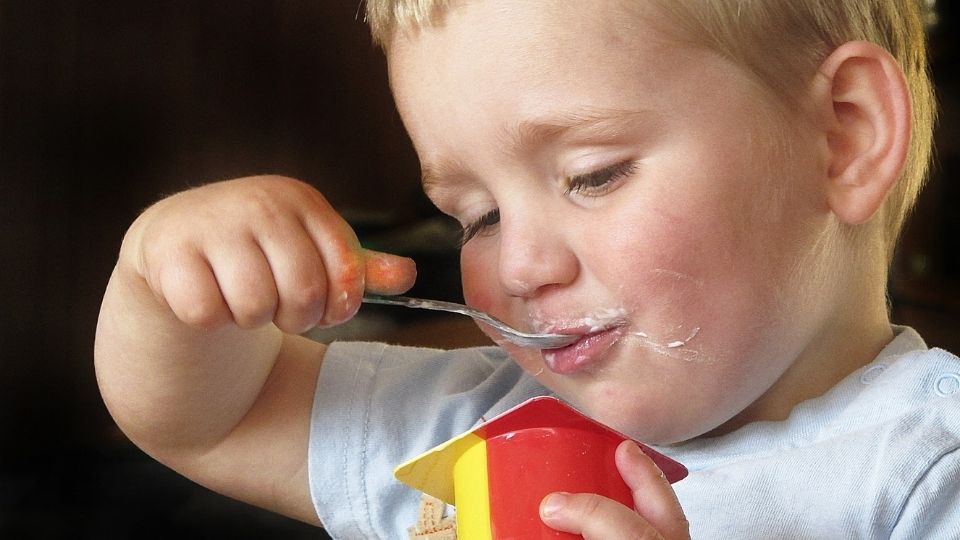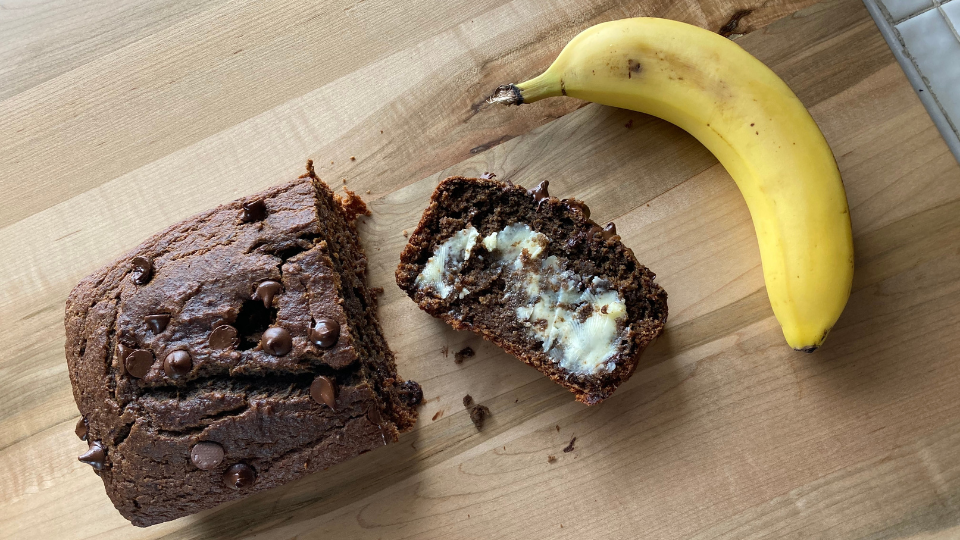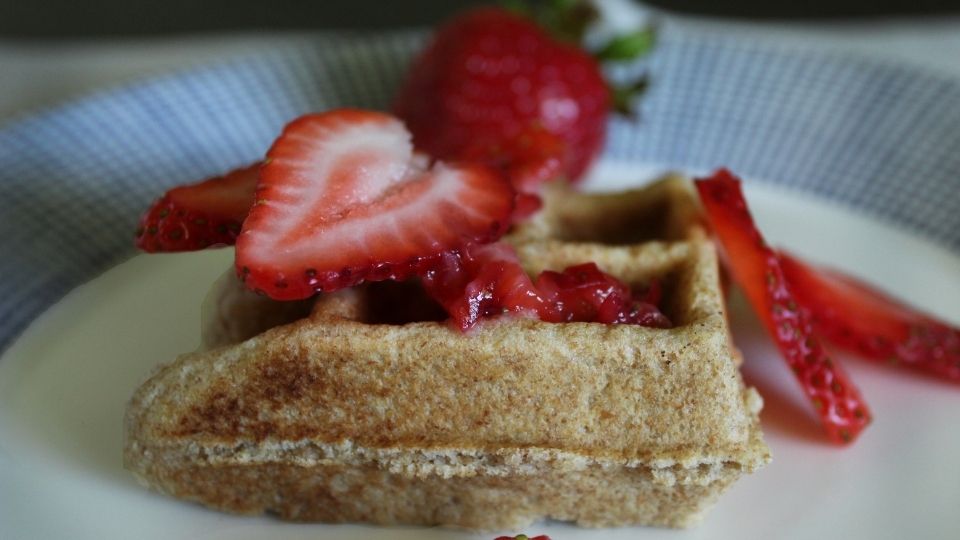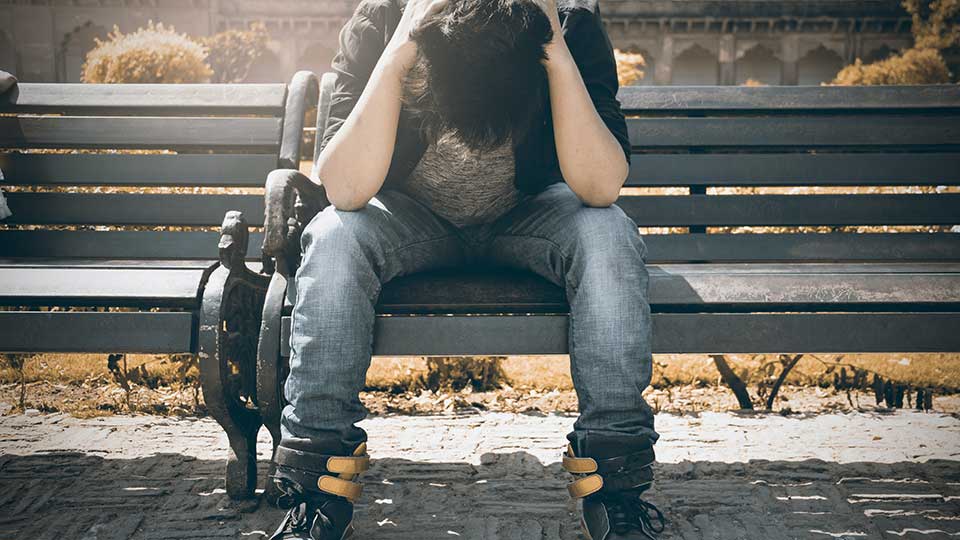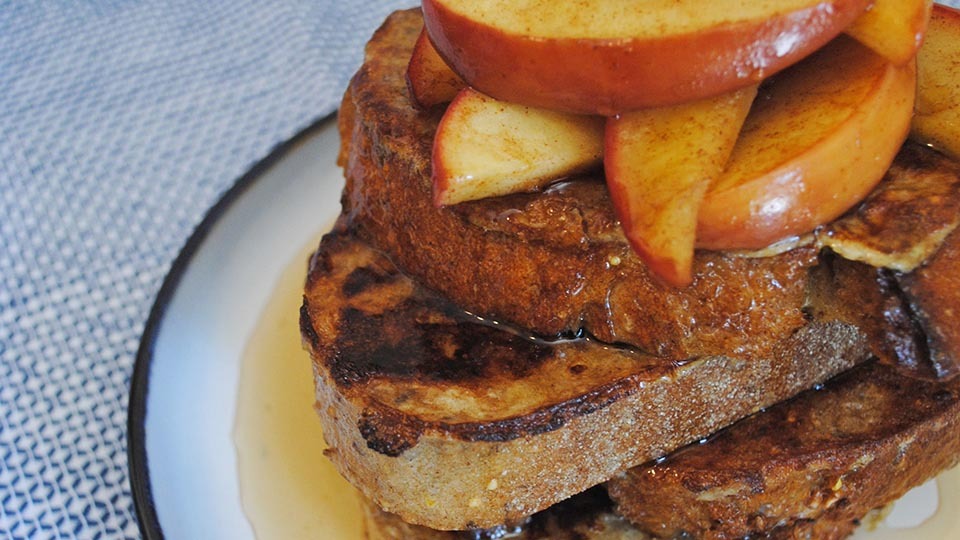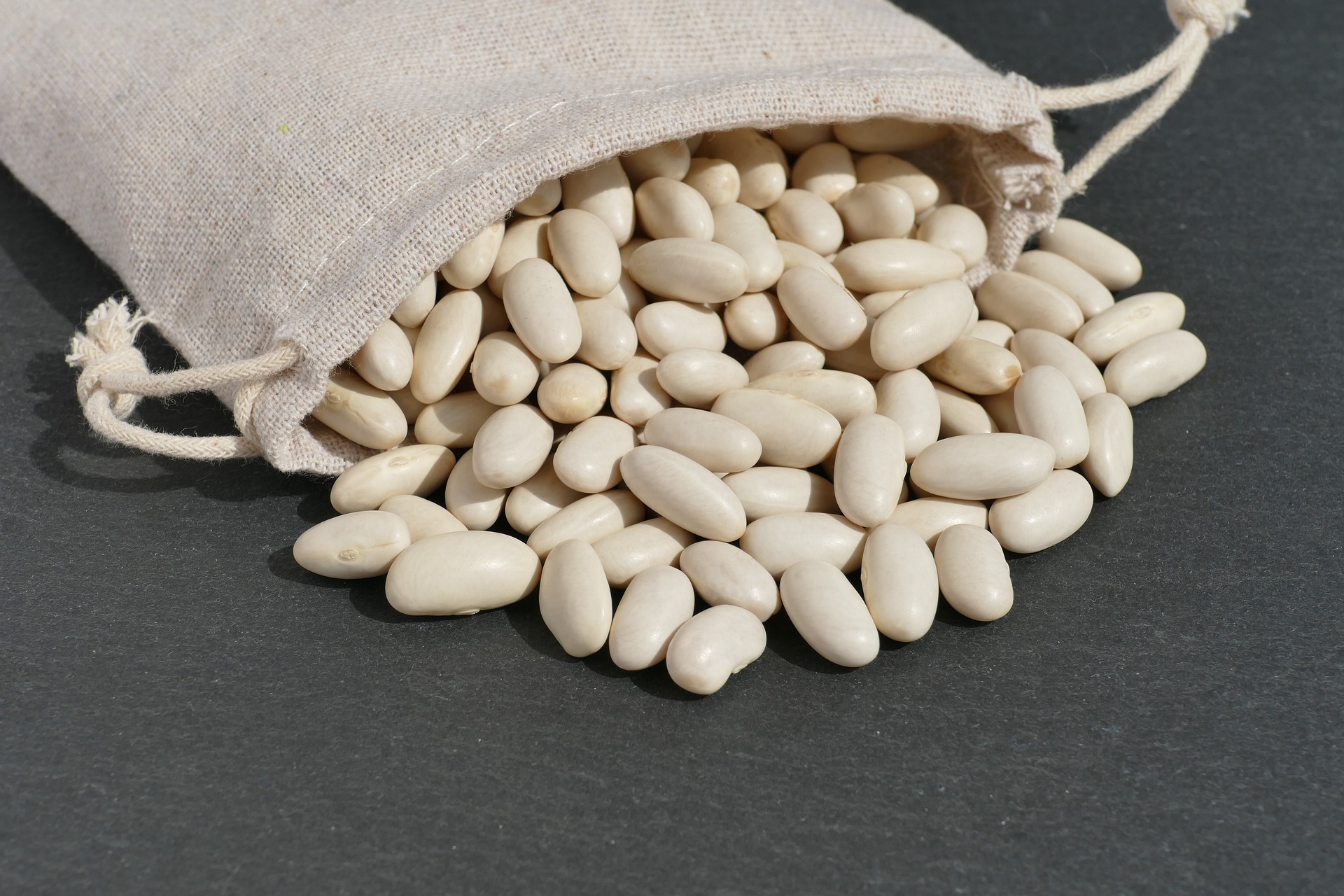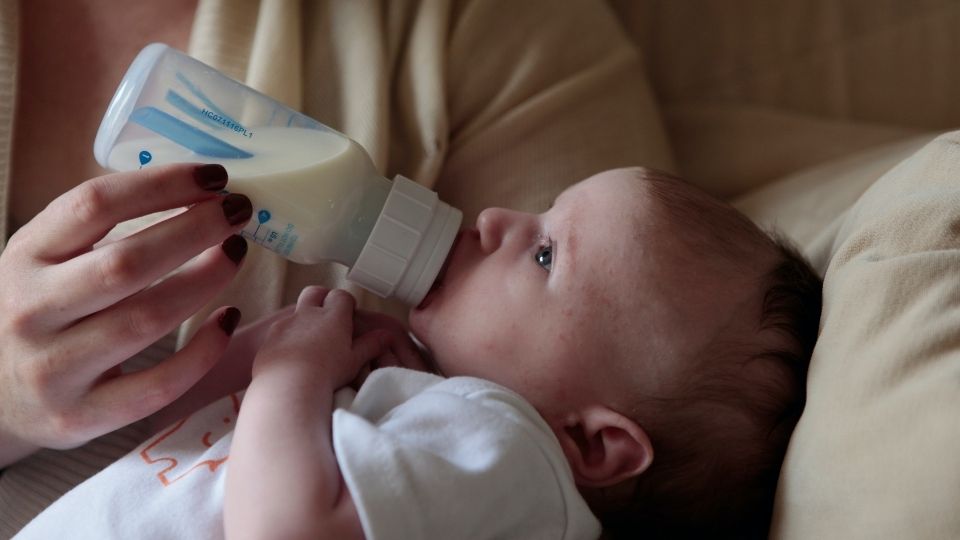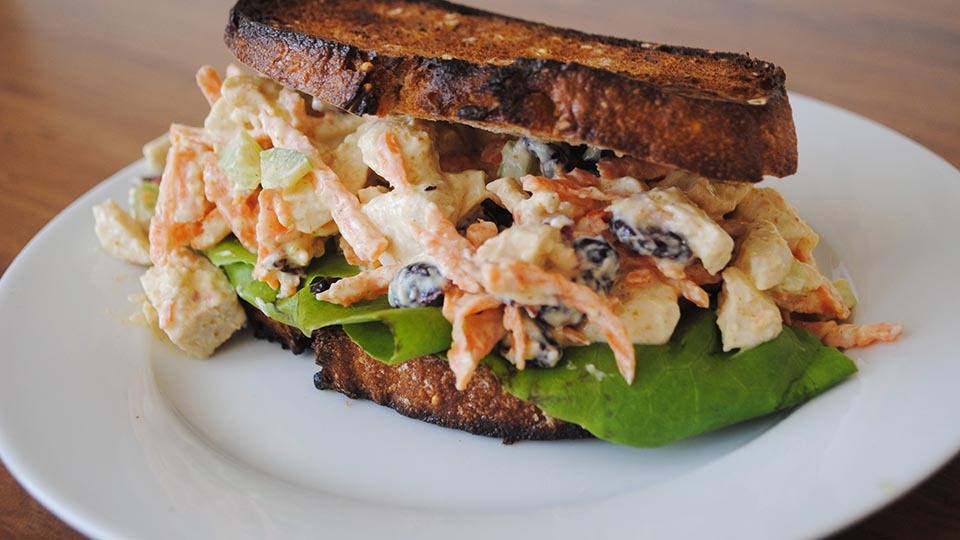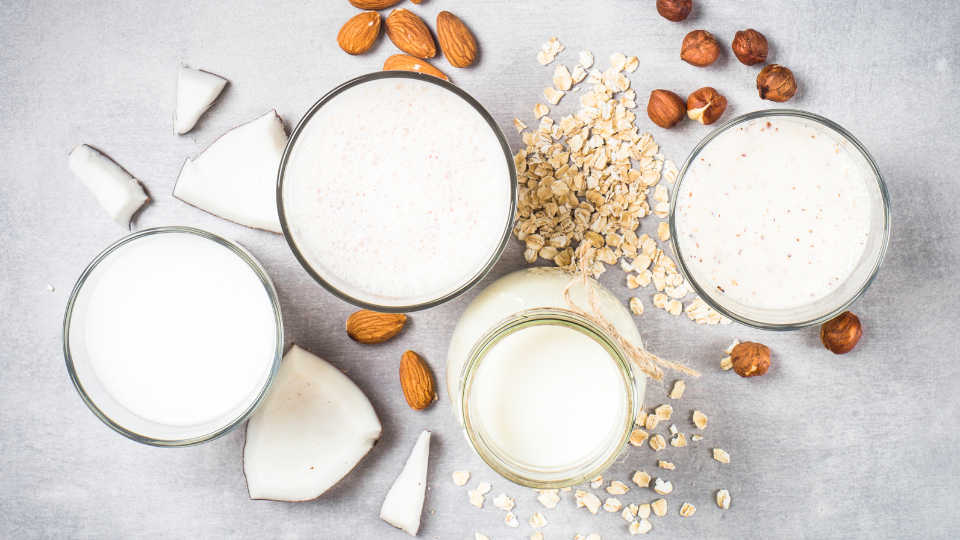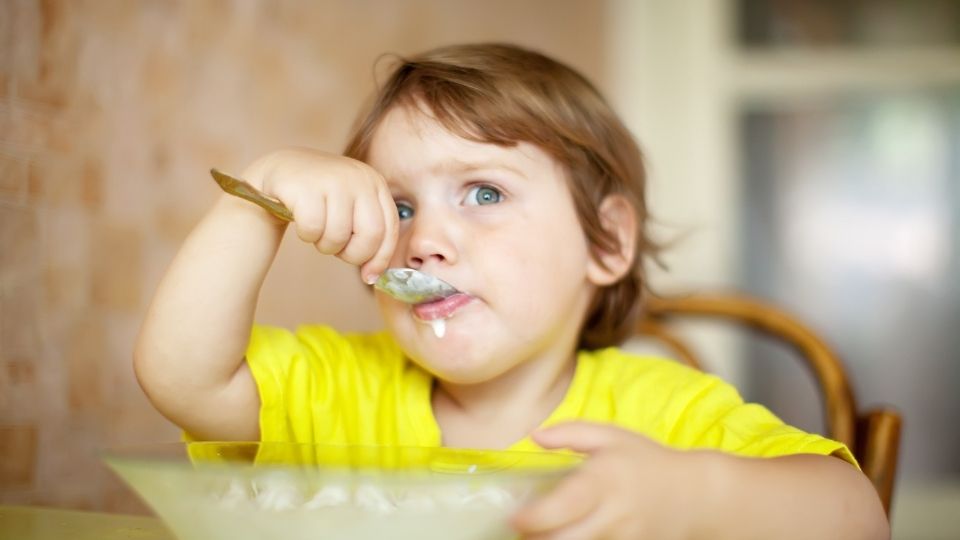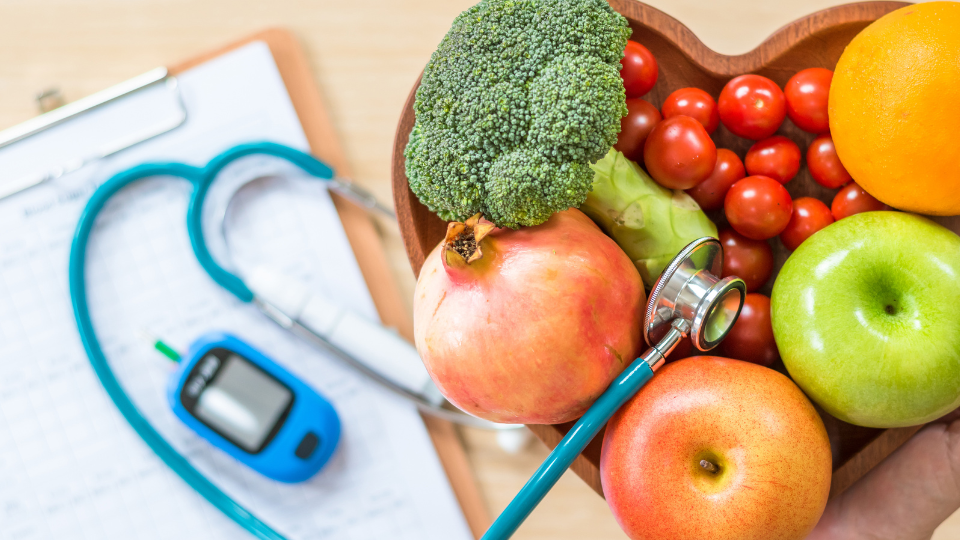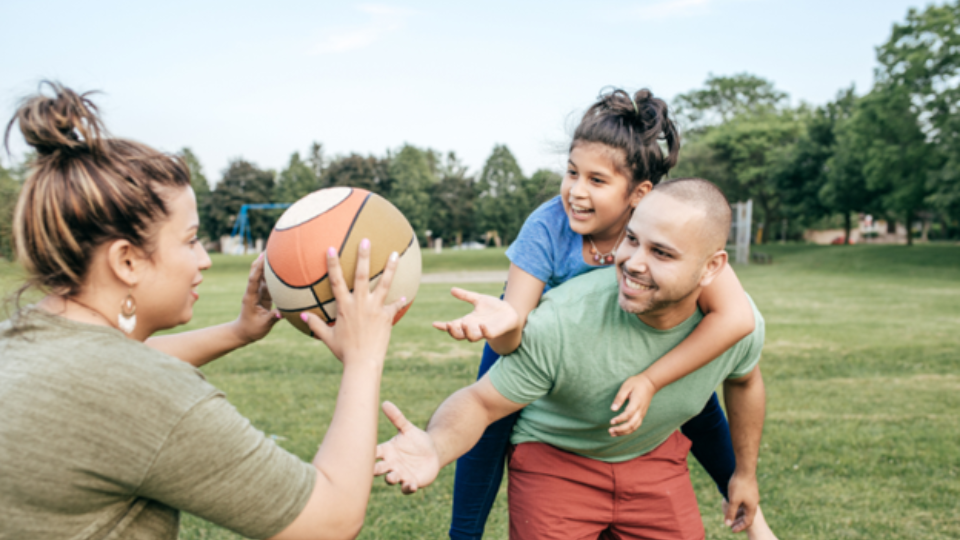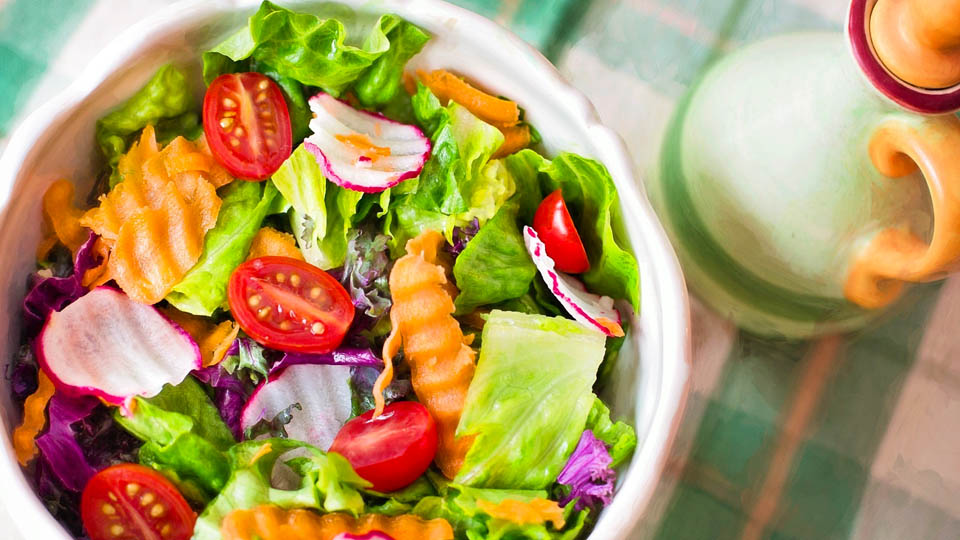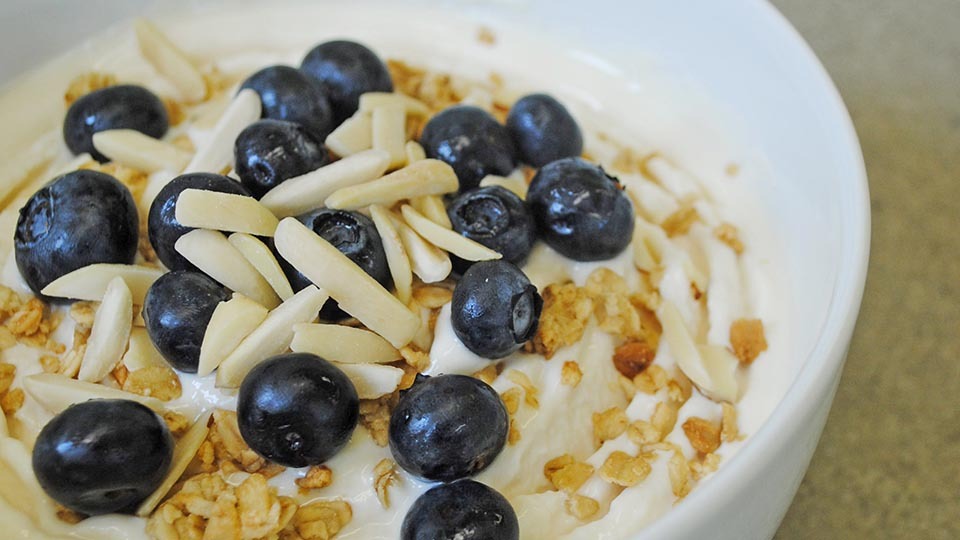Body Image in Adolescence

What is body image? Body image is an integral part of our self-concept and encompasses how we perceive, think about, and act toward our body. Body image is not made up of absolutes; it lies on a continuum, from healthy body perceptions which are accurate and mostly positive, to unhealthy body perceptions which are inaccurate and mostly negative. Body image is dynamic and changes over the course of a lifetime. While body dissatisfaction can occur at any age, adolescence is a major transitional period and is accompanied by many body-related changes. During this period of change, adolescence are at a higher risk of developing negative body image (Reel, Voelker, & Greenleaf, 2015). Though the majority of research is done on females and Caucasian individuals, negative body image is found in both males and females regardless of socioeconomic status, race or ethnicity (Findlay, 2004).
Body dissatisfaction is a risk factor for depression and poor self-esteem; it is also a predictor for tobacco and substance use, eating disorders, and frequent dieting (Bucchianeri, Arikian, Hannan, Eisenberg, & Neumark-Sztainer, 2013; Findlay, 2004). Eating disorders are serious and often fatal illnesses that involve a distorted sense of body image and involve severe eating behavior disturbances, obsessions with food, body weight, and shape. In the United States, 3.8% of females and 1.5% of males 13-18 years have a severe eating disorder (“Eating Disorders Among Children,” 2010). While the majority of adolescents do not develop an eating disorder, adolescents may experience body dissatisfaction, fear of fat or weight stigma, which are part of an unhealthy thought patterns (Livine & Smolak, 2015).
This fact sheet will address risk factors and protective factors in order to help adolescents navigate this critical time frame.
Risk Factors for Negative Body Image
Weight seems to be the most reported risk factor among both males and females for negative body image. A higher weight in adolescence is a strong predictor for body dissatisfaction in young girls, whereas being underweight or lacking in muscularity may be more of a concern for boys (Reel, Voelker, & Greenleaf, 2015). Girls above the 50th percentile in weight reported the greatest body dissatisfaction, whereas boys with the greatest dissatisfaction were either above the 75th percentile or below the 25th percentile (Calzo, 2012). In addition, perception of weight status is also important. Females who are normal weight but perceive themselves as overweight are also at high risk of developing negative body image and engaging in dieting behaviors (Frisco et al., 2010).
Girls who consider themselves overweight and who experience body dissatisfaction are most likely to participate in unhealthy weight loss behaviors (Findlay, 2004). Body dissatisfaction may lead to frequent dieting, and, in turn, self-reported dieting attempts predict weight gain and increased body dissatisfaction (Bucchianeri et al., 2013). Dieting can also lead to nutritional deficiencies, growth stunting and increase long-term risk of osteopenia and osteoporosis. The majority of teens engaging in dieting behaviors cite a desire to be thinner as the motivating factor (Findlay, 2004). Parental criticism of a child’s weight, pressure to diet, parental role modeling of dieting, weight-related teasing and participation in weight-related sports are associated with increased rates of dieting and extreme weightcontrol behaviors (Findlay, 2004).
In recent years, there has been increased interest in looking at the role of social media on body dissatisfaction. Studies show that frequent engagement with social media and receiving criticizing comments in response to sharing personal information are related to greater body dissatisfaction (Hummel & Smith, 2015). Social media provides an avenue for frequent body comparisons to unrealistic standards, which may contribute to a negative body image. Given the prevalence of social media in our society, researchers suggest that education on the potential effects of social media and the harm of comparisons is warranted to protect against body dissatisfaction (Holland & Tiggeman, 2016).
Protective Factors Against Negative Body Image
Body image is strongly influenced by internal factors; however, external factors such as cultural messages and societal standards of attractiveness also influence body image (Reel, Voelker, & Greenleaf, 2015). Positive family connections and adult role models as well as positive involvement in school are protective against unhealthy dieting (Findlay, 2004). In addition, improving selfcompassion and encouraging mindfulness may be associated with improved body image (Braun et al., 2016).
Wood-Barclow, Tylka, & Augustus-Horvath (2010) maintain that cultivating a positive body image goes beyond eliminating a negative perception of one’s body. In a recent literature review, Tylka & WoodBarclow propose that the following attributes contribute to the construct of positive body image:
- Think about what the body is capable of, rather than how it looks.
- Find the individual features that distinguish a person from others.
- Acceptance of one’s body even if he/she is not pleased with all aspects.
- Expanding one’s definition of beauty to include diverse appearances and shapes. Go to museums or other cultural events to diversify your definition.
- Evaluating beauty on internal standards such as character traits and personality. Journal or write as positive affirmations.
- Taking care of oneself by eating nutritious foods and being physically active as a measure of self-care rather than to look a certain way.
- Maintain a positive outlook and selfconfidence. This may include journal positive thoughts.
- Do not follow social media accounts that promote negative body image messages (i.e,. images of unrealistic ideals or body shaming comments).
- Recognize that many different factors, such as those mentioned above, interact together to form the image a personmaintains about his/her body and shape.
Take Away
In conclusion, body image has a significant effect on teen’s physical and mental health. Positive body image can be encouraged by teaching teens to focus on functionality rather than physical appearance and providing health information that is not weightfocused. Additionally, guiding teens on how to use social media wisely to avoid the harm of comparisons and introducing them to concepts that contribute to a positive body image may be useful.
References
- Braun, T. D., Park, C. L., & Gorin, A. (2016). Selfcompassion, body image, and disordered eating: A review of the literature. Body Image: An International Journal of Research, 17, 117- 131. https://doi.org/10.1016/j.bodyim.2016.03.003
- Bucchianeri, M. M., Arikian, A. J., Hannan, P. J., Eisenberg, M. E., & Neumark-Sztainer, D. (2013). Body dissatisfaction from adolescence to young adulthood: Findings from a 10-year longitudinal study. Body Image, 10(1), 1-7. https://doi.org/10.1016/j.bodyim.2012.09.001
- Calzo J. P., Sonneville K. R., Haines J., Blood E. A., Field A. E., & Austin S. B. (2012). The development of associations among body mass index, body dissatisfaction, and weight and shape concern in adolescent boys and girls. Journal of Adolescent Health, 51(5), 517-523. doi: 10.1016/j.jadohealth.2012.02.021
- Findlay, S. (2004). Dieting in adolescence. Paediatrics & Child Health, 9(7), 487-491. https://doi.org/10.1093/pch/9.7.487
- Frisco, M. L., Houle, J. N., & Martin, M. A. (2010). The image in the mirror and the number on the scale: Weight, weight perceptions, and adolescent depressive symptoms. Journal of Health and Social Behavior, 51(2), 215-228. https://doi.org/10.1177/0022146510372353
- Holland, G., & Tiggemann, M. (2016). A systematic review of the impact of the use of social networking sites on body image and disordered eating outcomes. Body Image, 17, 100-110. https://doi.org/10.1016/j.bodyim.2016.02.008
- Hummel, A. C., & Smith, A. R. (2015). Ask and you shall receive: Desire and receipt of feedback via Facebook predicts disordered eating concerns. International Journal of Eating Disorders, 48, 436-442. https://doi.org/10.1002/eat.22336
- Levine, M. P., & Smolak, L. (2015). The role of protective factors in the prevention of negative body image and disordered eating. Eating Disorders: The Journal of Treatment & Prevention, 24(1), 39-46. https://doi.org/10.1080/10640266.2015.1113826
- National Institute of Mental Health. Eating Disorders Among Children. (2010). Retrieved from https://www.nimh.nih.gov/health/statistics/prevalence/eating-disorders-among-children.shtm
- Reel, J., Voelker, D., & Greenleaf, C. (2015). Weight status and body image perceptions in adolescents: Current perspectives. Adolescent Health, Medicine and Therapeutics, 6, 149-158. https://doi.org/10.2147/AHMT.S68344
- Tylka T. L., Wood-Barclow, N. L. (2015). What is and what is not positive body image? Conceptual foundations and construct definition. Body Image, 14, 118-129. https://doi.org/10.1016/j.bodyim.2015.04.001
- Wood-Barclow, N. L. Tylka T. L., & Augustus-Horvath, C. L. (2010). "But I like my body”: Positive body image characteristics and a holistic model for young-adult women. Body Image, 7, 106-116. https://doi.org/10.1016/j.bodyim.2010.01.001
Authors
Jaqueline Neid-Avila, RDN, CD; Brittany Bingeman, RDN, CD
Related Nutrition Articles



